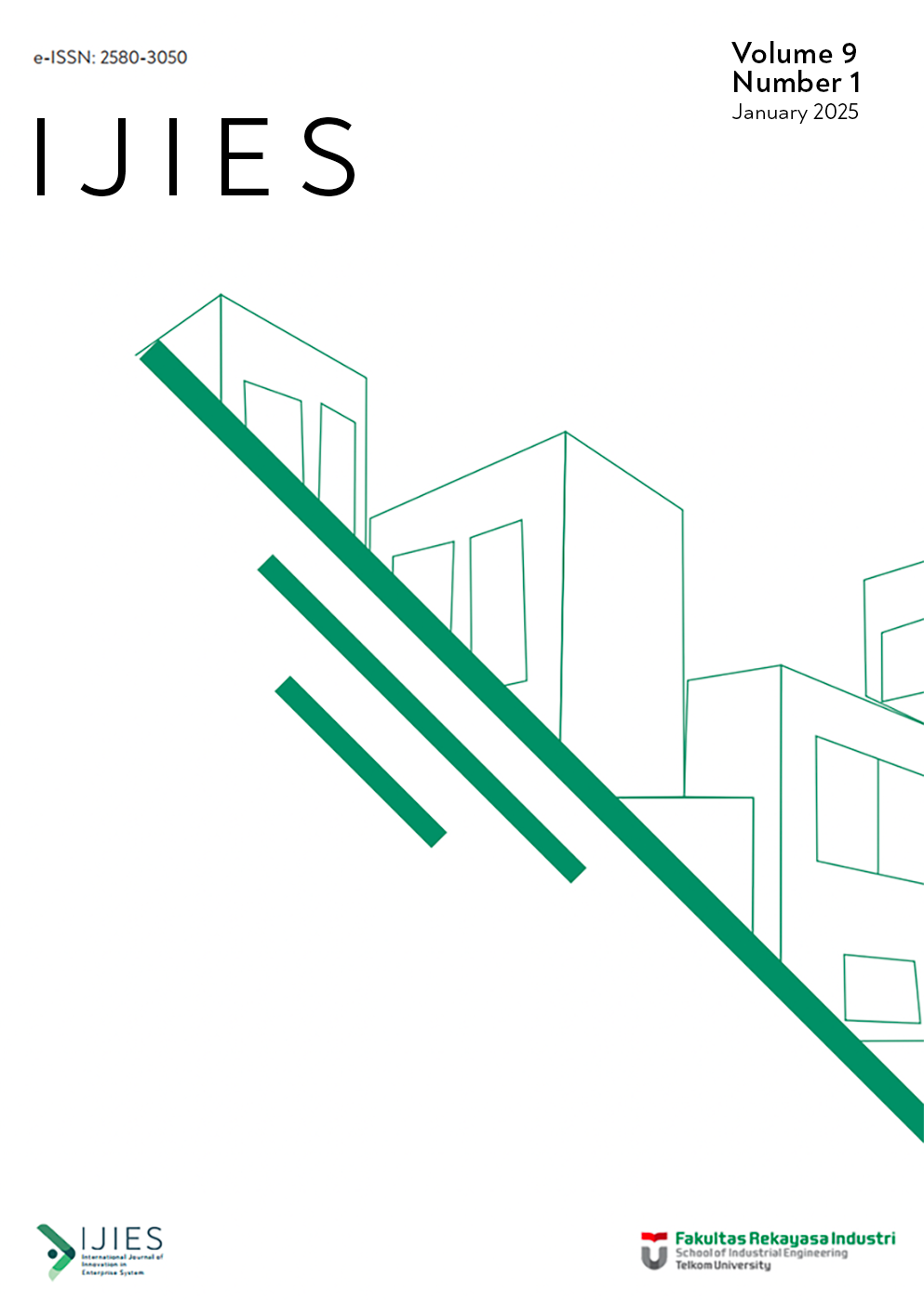Digital Nudging Strategies, Applications, and Ethical Considerations: A Systematic Literature Review
DOI:
https://doi.org/10.25124/ijies.v9i01.663Keywords:
Digital Nudging, Behavioral Interventions, AI-Driven Decision Support, Ethical Considerations in Nudging, Cross-Sectoral ApplicationsAbstract
This study presents a systematic review according to the PRISMA protocol on digital nudging strategies, applications, and limitations. The PICOC framework has been used to refine the research questions and develop the inclusion criteria. This review synthesizes findings from diverse sectors such as financial services, sustainability, cybersecurity, and workplace management, showing how organizations use digital nudging to drive user behavior. The findings indicate that the effectiveness of digital nudging is contingent on technological infrastructure, organizational culture, sector-specific constraints, and regulatory compliance. AI-driven and data-intensive interventions enhance the efficacy of digital nudging but simultaneously raise concerns related to privacy, algorithmic bias, and transparency. Ethical considerations, including autonomy, informed consent, and fairness, continue to be decisive in determining the legitimacy and acceptance of nudging interventions across various contexts. Furthermore, the cross-sectoral adaptation of successful strategies for nudging offers further opportunities for enhanced engagement and behavioral change in new domains. By and large, future research is called upon to develop sector-specific ethical guidelines, determine the long-term behavioral consequences of nudging interventions, and increase transparency in AI-driven nudging systems to ensure accountability, user trust, and responsible implementation.











